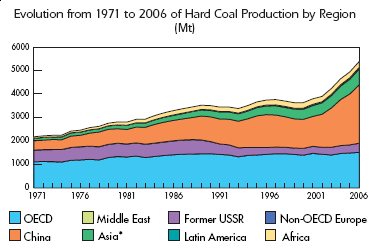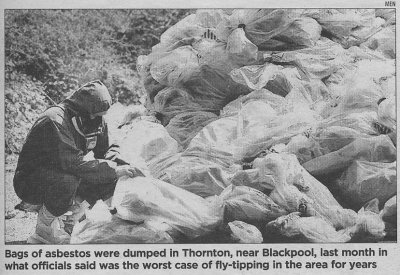Lies, damn lies, and government statistics
Submitted by Bruno Prior on Fri, 31/08/2007 - 23:34I listened this morning to Nick Ross and James Brokenshire (Tory spokesman on Home Affairs) arguing about crime statistics on Radio 4. Brokenshire claims that the statistics show that violent crime is on the increase. Ross accuses him of cherry-picking from the figures, which show an increase in certain figures but a more general decline. Brokenshire says that the figures he is looking at are the important ones, and anyway his constituents tell him what is really going on.
It is the latter point that really counts, though it is unverifiable. If Brokenshire is lying about what his constituents are telling him, he is at risk of being voted out at the next election. MPs' impressions from their communications with constituents may not be a reliable guide to reality, let alone the correct course of action, as they are necessarily subjective, but they are a more reliable guide to people's experiences than any number of government statistics.
The problem with many debates nowadays is that they rely on statistics, without considering the reliability, accuracy and relevance of those statistics. The Government has helpfully provided (at the time and expense of those who fill out their forms and of taxpayers who pay for it to be processed) a range of statistics for almost any circumstance. Surprise, surprise - amongst these, a statistic can always be found to argue, however obliquely, that the Government is succeeding in its objectives. But as Sir Josiah Stamp observed (quoted in Paul Seabright's The Company of Strangers):
"the Government are very keen on amassing statistics. They collect them, add them, raise them to the nth power, take the cube root and prepare wonderful diagrams. But you must never forget that every one of these figures comes in the first instance from the village watchman, who puts down what he damn well pleases."
It is mostly middle-managers rather than village watchmen filling out the forms nowadays, but the result is the same, if not worse, because there is no prospect that the middle manager or his employer may be rewarded or punished according to the accuracy of the information provided. Their optimal strategy is to waste as little time on it as possible, and to tell the Government what it is in their interests for the Government to believe, not necessarily the truth. Not very different to the village watchman, but with even fewer consequences of dereliction of duty.
Nevertheless, we regularly hear people claiming that crime has risen or fallen, rather than that recorded crime has risen or fallen; or that inflation or unemployment is rising or falling, not that the Government's measure of inflation or unemployment is rising or falling; or, as reported in the news today, that children under 16 are drinking twice as much as they did only a few years ago, rather than that children of that age say they are drinking more. The distinction is crucial, because it is just as likely, perhaps more so, that what has changed is the reporting of a phenomenon, not the actual phenomenon itself.
When we see a Third-World election where the incumbent wins 95% of the vote, we know that it is probably a fraud. In the First-World we are more subtle - governments know that absurdly high numbers are not credible, and anyway most bureaucrats are not consciously corrupt enough to deliberately distort the figures. We have a more subtle form of corruption, but also a more pernicious form because of its subtlety. It is the form of corruption that was seen most strongly in the Soviet Union, where government by central-planning and targets was more successful at delivering ever-increasing volumes of ever-improving statistics, than at actually delivering the goods that the statistics were supposed to be measuring.
In this regard, we are living in a neo-Soviet Britain. We are governed and incentivized and judged - in short, we are micro-managed - by targets and statistics. No wonder people's efforts become focused on improving the figures rather than the underlying products. We see it most glaringly in the grade-inflation in our education system, but it is ubiquitous in every aspect of our lives. We no longer believe the figures that the ruling and chattering classes love to cite, because we know that they bear little resemblance to reality. And we are right not to believe them. It is no more credible that the educational attainment of our students has improved every year for quarter of a century than that a despot would be supported enthusiastically by 95% of the population.
When Brokenshire and Ross argue about what the statistics tell us about crime levels, they are engaging in entirely sterile debate. We will form our judgments about levels of crime from our experiences, the experiences of people we know, and from the stories we see in the media. If Brokenshire's constituents really are telling him that they feel less secure (and I don't doubt that they are), he should rest his case on that, and not get sucked into bandying unreliable statistics with people who believe that levels of reported crime are the same thing as levels of crime.




 Here is Cameroonian Conservatism in action. If people are inclined to avoid paying for goods, get taxpayers to pay for them, so they appear to be "free" at the point of consumption, in order to reduce the temptation to commit unlawful acts.
Here is Cameroonian Conservatism in action. If people are inclined to avoid paying for goods, get taxpayers to pay for them, so they appear to be "free" at the point of consumption, in order to reduce the temptation to commit unlawful acts. 
